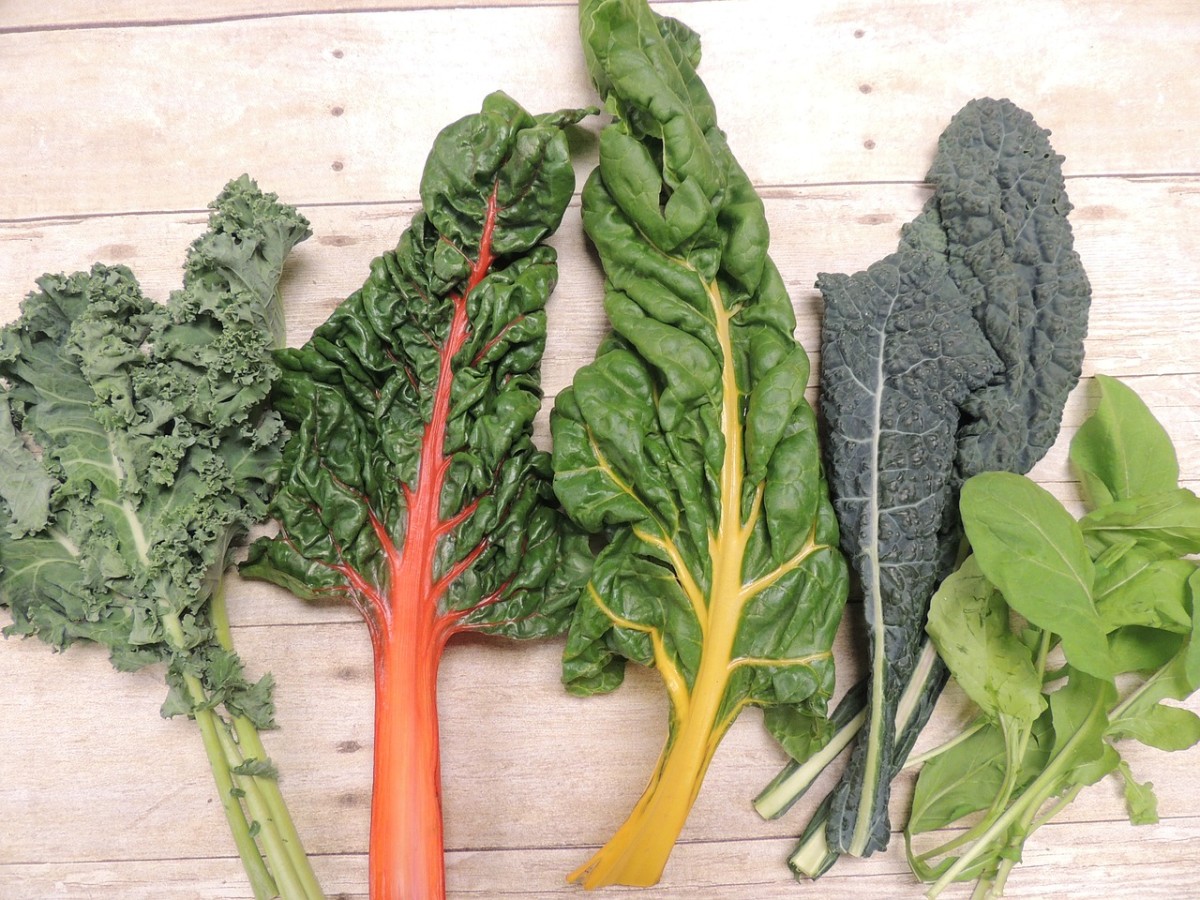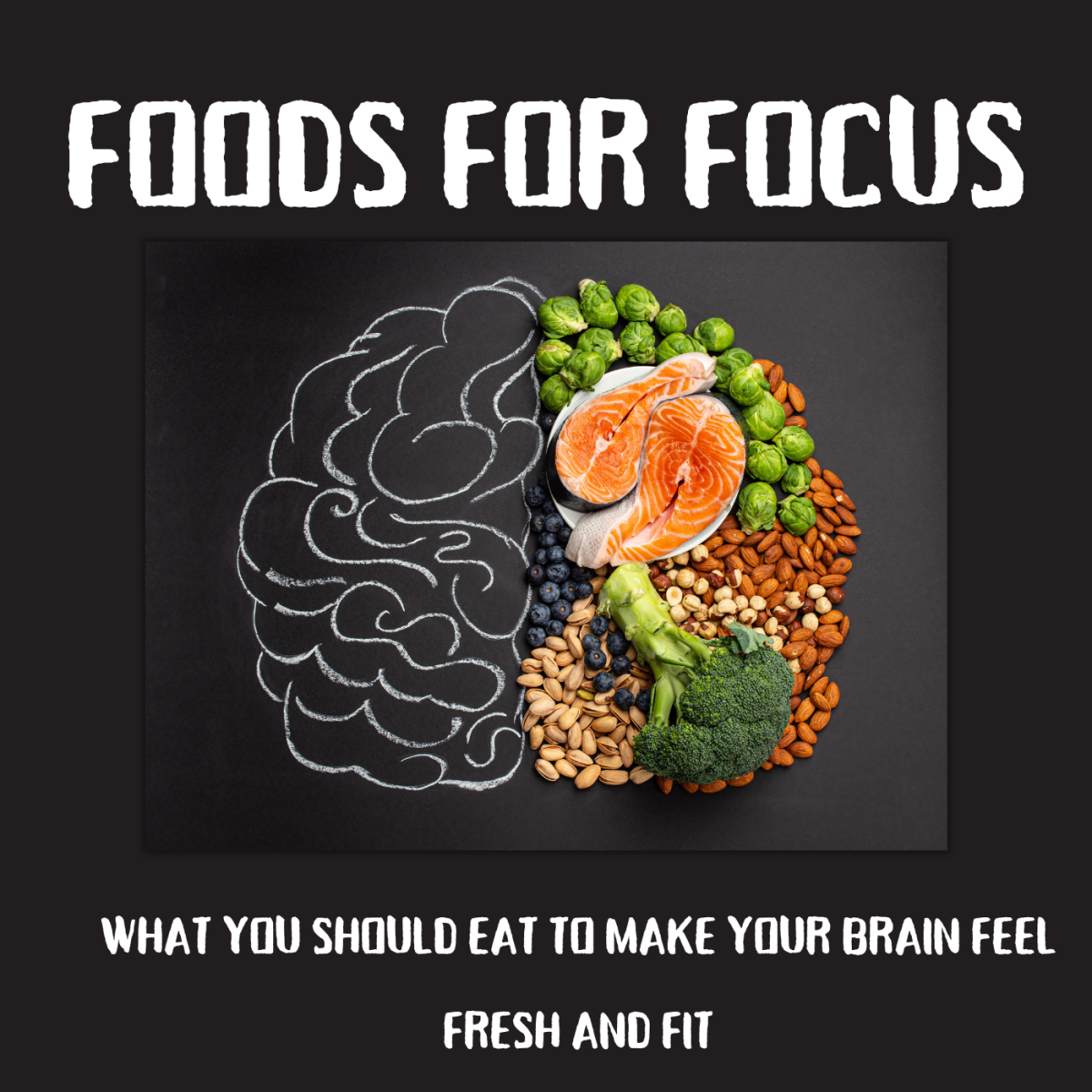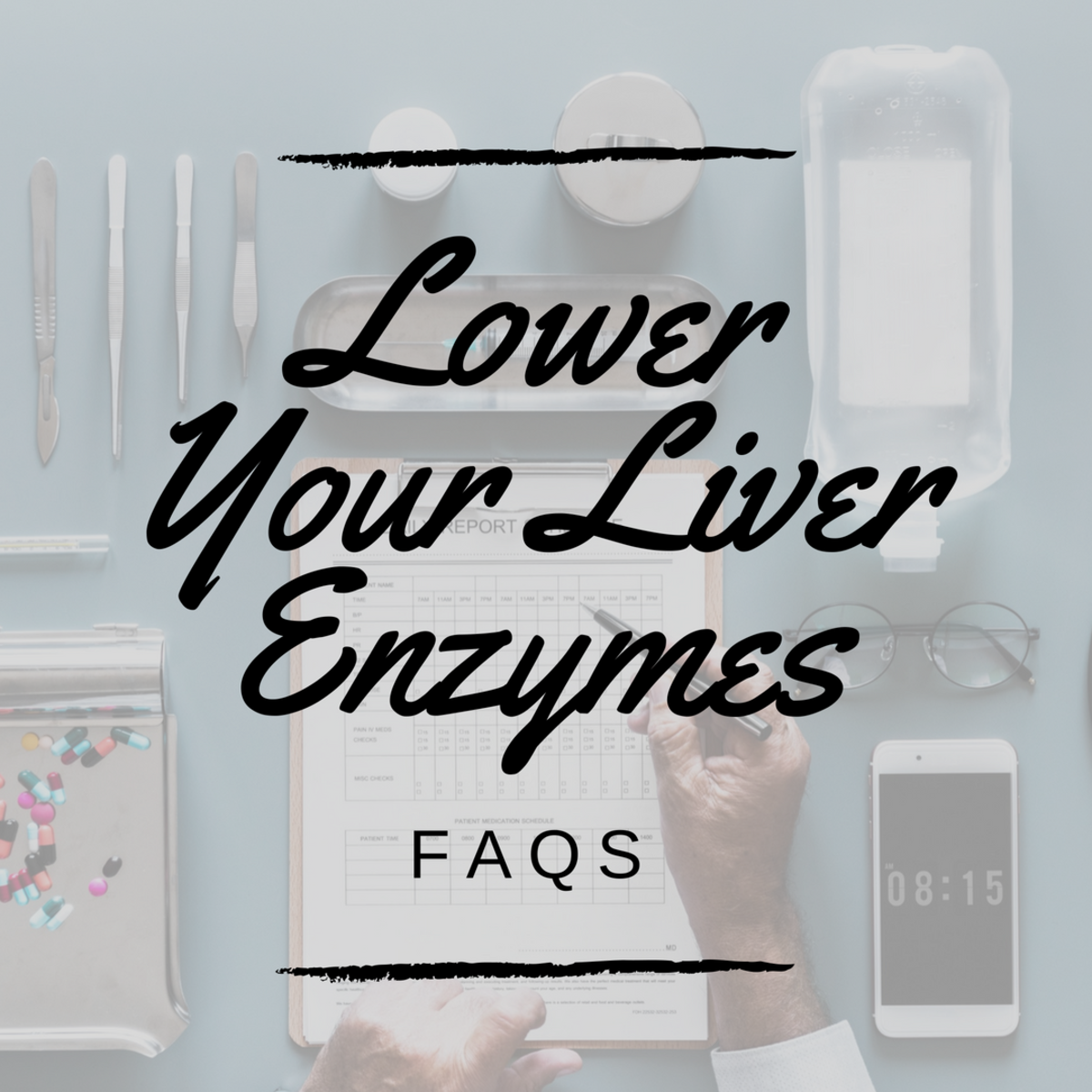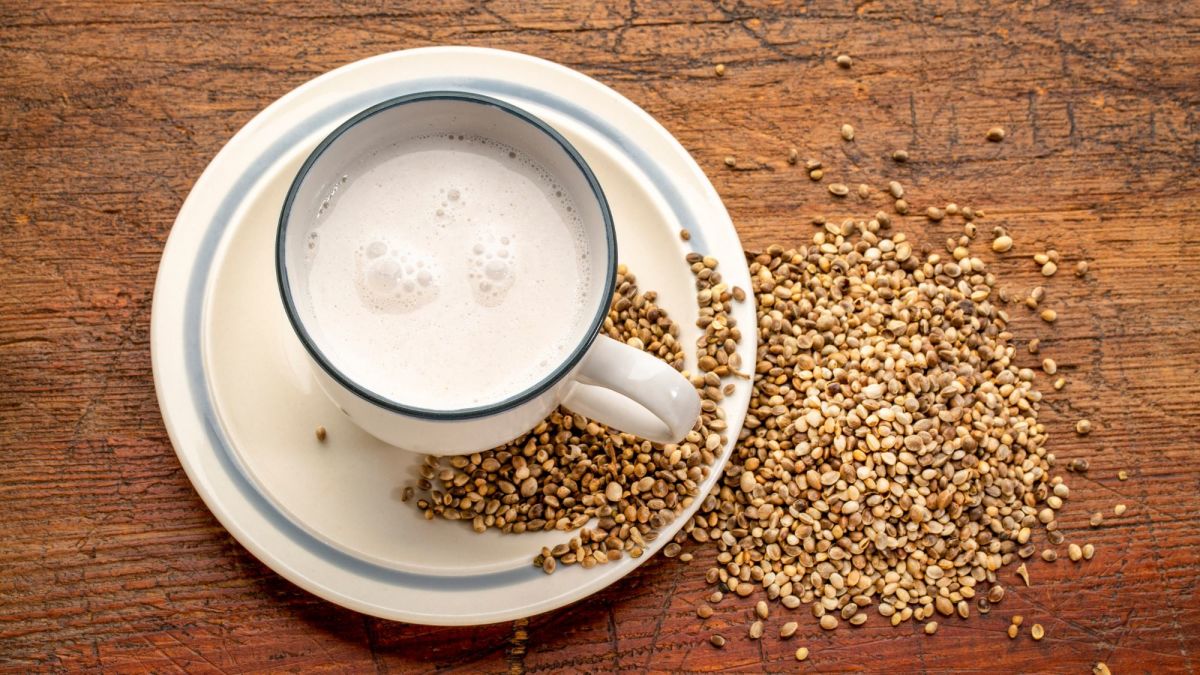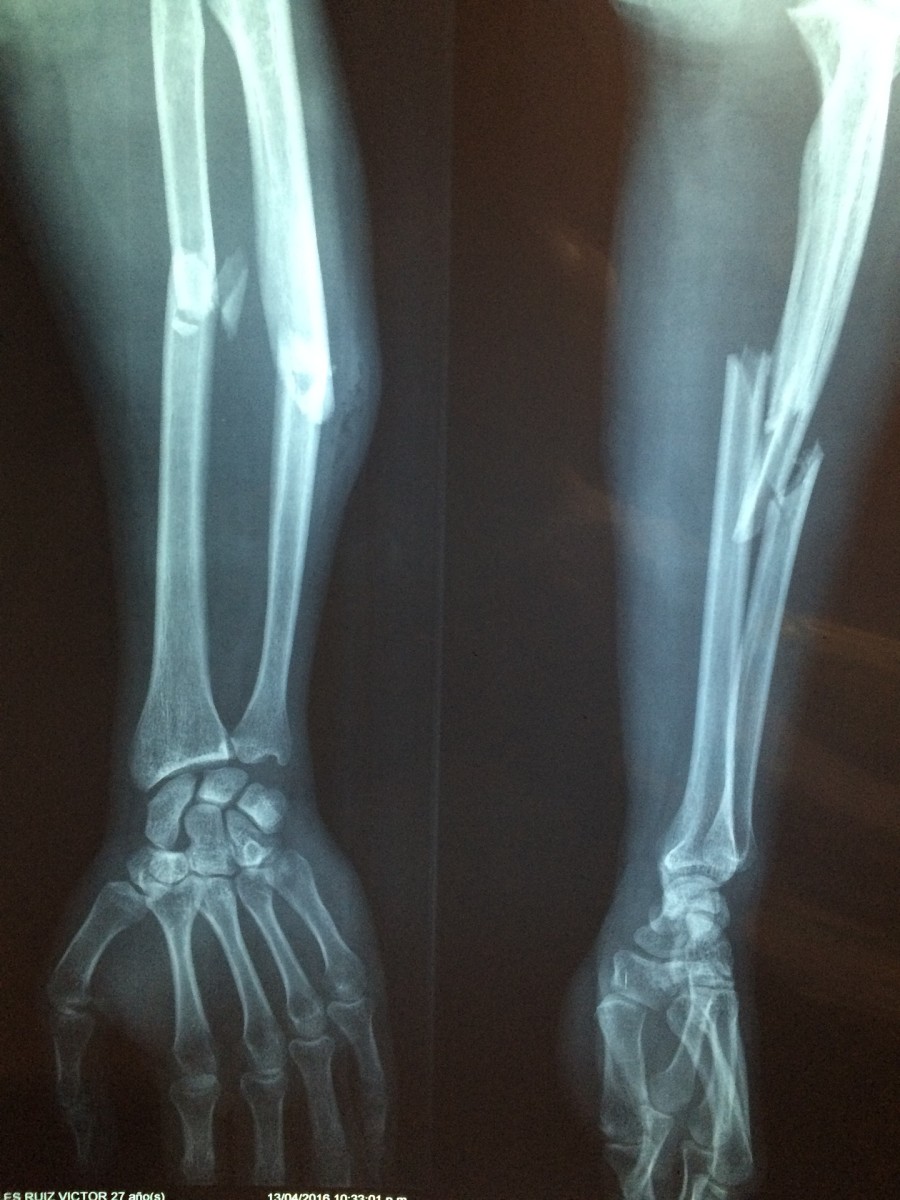Bone-Care
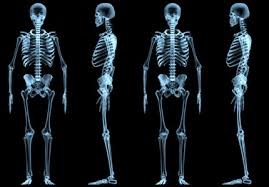
As we grow older, we grow shorter. As we age our bones begin to break down faster than new bones can be formed. It’s common for some women and also for men to lose one-half to one inch height with age because of normal degenerative changes in the spine, anything more than that should be a cause of concern.
Loss of height is the first sign of osteoporosis. Osteoporosis is a condition in which bones get thinner, porous and brittle. While osteoporosis strikes both men and women equally, it develops much faster in women. Largely because of sudden drop in estrogen levels as the ovaries stop producing it after menopause. Estrogen protects women from two things, heart diseases and calcium loss from bones.
What are symptoms of bone loss?
In its early stages osteoporosis both in men and women is painless; usually shrinking of height is noticed. There are no visible sign or symptoms of osteoporosis. But in late stages a broken bone sends up the red flag that the bones have become brittle. In later stage of the disease, the classic dowager’s hump is formed.
Is osteoporosis treatable?
Once lost, bone density is difficult to replace. In other words osteoporosis is difficult to treat. Therefore getting enough calcium from food and supplements is important for both men and women. Without enough calcium, your skeleton can grow week.
Especially in women when estrogen levels fall. Estrogen hormone helps bones absorb and retain calcium. Calcium is the main component of bones. In women the highest rate of bone loss occurs in the first five or seven years after menopause. Osteoporosis is often preventable, if proper measures are taken. Try the following easy ways to get calcium into your diet.
Drink milk
Never underestimate the value of milk in your life. . Every type of milk sheep, goat, buffalo, camel and cow are beneficial as all have nutritional value. The main five health issues mainly: infant development, obesity, diabetes, immunity against infection and heart health all are directly benefited by milk. Drink at least one glass of whole milk every day. If you are trying to cut calories then too look for low-fat and skim versions, they do have significantly less fat and calories than whole milk, yet calcium in them is same. In many cases a glass of skim milk provides more calcium because manufacturers replace some of the fat with extra calcium
All milk products contain calcium, vitamin A, protein, phosphorous, and magnesium these nutrients help build and keep healthy bones healthy. In addition, milk is fortified with vitamin D which is considered calcium’s partner, as vitamin D helps the body to absorb calcium. Several studies suggest that high intake of calcium from milk and milk products appear to decrease the risk of kidney stones.
Milk products also prevent the enamel on our teeth from breaking down and help in rebuilding the teeth enamel. Milk can also help prevent damage from environmental toxins because it has antioxidants. Milk contains protein, which helps to rebuild muscles. Studies show that women and men who drink low-fat or skim milk lose more weight than those who exclude milk from their diet.
Milk has properties that lower high blood pressure and risk of strokes Milk is a great way to de-stress at the end of the day. A glass of warm milk will help to relax tense muscles and sooth frayed nerves. Milk has also been proven to reduce symptoms of PMS and boost energy. However, if you have sensitivity to milk or dairy products, milk can actually harm you. For calcium intake it would be better for you to take calcium supplements under the supervision of your doctor.
Yogurt
Add yogurt liberally to your diet. Place two cups of yogurt and two glass of water in a blender and blend well whenever you are thirsty drink this mixture. Add yogurt to your salads and have it as a snack. Regular yogurt and low fat yogurt both are rich in calcium and good bacteria. Choose which ever you like.
Yogurt provides nutrients like calcium, protein, riboflavin, B group vitamins, folic acid, etc. Calcium absorption in the body is increased due to the live active ingredients present in the yogurt, two cups of yogurt daily decreases the cholesterol level in the blood, which is said to be because of the live nutrients present in the yogurt that assimilate the cholesterol formation and fights infections in the bloodstream. Yogurt also has antibiotic factor in it thus yogurt not only kills the bad harmful normal bacteria but even kills the bad heavy bacteria present in the intestines.
Many viral and allergic gastrointestinal problems affect the lining of the intestines specially the cells producing lactase as a result milk is not digested and absorbed by the body. Lactase is enzyme which digests lactose or milk; if it is not produced by the body it causes temporary milk absorption difficulty. Especially if this happens with children then they are not able to consume milk. Here, yogurt is considered to be less lactose which is consumed well by the body.
It should be noted that yogurt contains the essential nutrients for the healing of diarrhea. Even studies conducted by researches has shown that consuming yogurt by the children help them to recover from diarrhea faster. Yogurt with live culture is even good for your pet cat and dog.
Yogurt also has another important nutrient--potassium, the potassium present in the yogurt helps to absorb and flush out some amount of sodium from the body. Research has shown that yogurt lowers blood pressure, higher the intake of yogurt lower will be the case of blood pressure and hypertension.
Women can get yeast or Candida overgrowth in the vagina specially those women who are suffering from diabetes. Yogurt with live active nutrients reduces the formation of yeast organisms in the vagina and decreases the incident of yeast vaginal infections. Yogurt also contains lacto bacteria that helps in fostering a healthy colon and prevent from colon cancer.
Cheese
Cheese is a good source of calcium and protein, and it functions as an important component of a vitamin-rich diet. Calcium, protein and a vitamin-rich diet help treat osteoporosis, a disease linked to calcium deficiency. Cheese and milk both are valuable in fighting the decrease in bone density associated with osteoporosis. High-fat cheeses contain large amounts of cholesterol and sodium. Increasingly popular low-fat cheeses are less harmful to those suffering from hypertension than their higher-fat counterparts. Though low-fat cheese contains healthy levels of vitamin B and helps reduce homocysteine--often implicated in heart disease, it is generally not recommended for those suffering from hypertension.
Consuming cheese, which is rich in fat, protein, calcium, minerals and vitamins, helps achieve weight gain. The protein contributes to muscle health while calcium builds stronger and heavier bones, while vitamins and mineral aid in metabolism. Cheese also contributes necessary fat to the diet. Cheese also contains conjugated linoleic acid, sphingolipids, and high levels of vitamin B, which develop during fermentation. All of the mentioned nutrients maintain body functions and offer protection from diseases such as beriberi.
The high calcium content of cheese contributes to strong teeth. The low levels of lactose, particularly in older cheese, means less sugar damage to teeth. High levels of vitamin B aid in calcium absorption and distribution, and promote the formation of strong bones and cartilage. Just like milk, many cheeses come in low-fat or fat-free versions. One-half cup of ricotta cheese has 337 milligrams of calcium. Similarly parmesan cheese and Mozzarella cheese are also laden with calcium.
As mentioned above, cheese has a lot of calcium that helps your bones to stay stronger and also is very good for the teeth. Cheese also contains zinc which is a must for our body; it has several functions of healing and repairing, if you want to have healthy hair and strong nails than consuming cheese is one way of getting the zinc needed by the body. Following are some know cheeses which you can add to your diet.
Blue Cheese :Blue cheese is a fat free cheese, it is recommended for diabetics, heart disease and even for those who are on a diet or don’t want to gain weight.
Mozzarella Cheese: For blood pressure problems and headaches it is recommended, also there are other benefits of this cheese. If taken moderately it has a very positive effect on overall functions of the body. For a healthy life, and blood pressure its calcium helps a lot and is a good way to a stable lifestyle.
Swiss cheese: Swiss cheese is used in fast foods because of its amazing smell and taste, but also it can be a great substitute as dessert and if it is combined with fruits—to have it in this way is even better. It has a lot of proteins and calcium, the origin of this cheese was in America and now, worldwide it is much liked for its benefits. Other great cheeses good for health are: Goat Cheese, Feta Cheese, Crème cheese etc.
Leafy greens
Get surprised calcium boost from green leafy vegetables. Help yourself to green leafy vegetables. Have curly kale, turnip greens, arugula, collared, broccoli and Chinese cabbage. These greens contain 40 to 98 milligrams of calcium per cup which is enough to help you meet your daily needs. Add vegetables including okra (cooked) and green snap beans to your diet. Besides giving us calcium the other benefits of green leafy vegetables are:
All type of vegetables are very low in calories, leafy vegetables are ideal foods for weight management. Green smoothies with kale or arugula, for example, may be used to replace a meal or as snacks since they keep one full for longer. This can be attributed to the high water content in leafy greens. They reduce the risk of cancer and heart disease because they are low in fat, high in dietary fiber, and rich in folic acid, vitamin C, potassium and magnesium.
They also contain phytochemicals like lutein, beta-cryptoxanthin, zeaxanthin, and beta-carotene that fight free radicals and cancer. By consuming green leafy vegetables regularly, you also lower your risk of developing cardiovascular and gastrointestinal diseases. More importantly, these vegetables keep your immune system primed and functioning to ward off any disease that may attempt to weaken your body. Increasing your leafy green intake to 1 serving per day this will lower your risk of getting type 2 diabetes. This is because leafy greens are high in magnesium and have low glycemic values which do not cause spikes in your blood sugar levels.
Green leafy veggies promote bone health. This is because they have high levels of vitamin K that help in the production of the protein osteocalcin in the body. Your iron and calcium requirement can be taken from green vegetables like carrots, beta-carotene can also be found in green leafy veggies. Green leafy vegetables protect our eyes. They have lutein and zeaxanthin that protects the eye from cataracts and age-related macular degeneration, which sometimes results in blindness among the older population.
The carotenoids and flavonoids in leafy greens are powerful antioxidants that have cancer-fighting properties. Cabbage, cauliflower, brussels sprouts, and broccoli are rich in these antioxidants that have been proven to lower one’s risk of breast, stomach and colon cancers. Quercetin is another antioxidant in leafy greens that exhibits inflammatory and anticancer properties. It prevents allergies as well.
So make green leafy vegetables a part of you and your family’s diet. They are crowded with vitamins, minerals and other nutrients that simply cannot be copied by any other food source. With the advent of technology, it is now possible for us to actually enjoy our greens. For example simply combine your kale with fruits and blend them in a smoothie maker to make healthful green smoothies that you and your family will surely like.
Fish
Eating fish once or twice a week may reduce the risk of diseases ranging from childhood asthma to prostate cancer. Fish is an excellent source of omega-3 fatty acids and calcium. Pink salmon, anchovies, shrimp; canned sardines in oil with bones contain 180 milligrams of calcium per three ounce.
Fish is low in fat and high in protein. Eating fish during pregnancy may reduce the risk of a premature baby. Healthy ways to enjoy fish include baked, poached, grilled and steamed. Gradually, as science has begun to research the importance of the Omega 3 fatty acids to our health, more and more solid scientific evidence has mounted to support the conclusion that the Omega 3 essential fatty acids are extremely important to our good health.
Some other benefits of fish are:
Asthma-- children who eat fish may be less likely to develop asthma.
Brain and eyes-- fish rich in omega-3 fatty acids can contribute to the health of brain tissue and the retina (the back of the eye).
Cardiovascular disease-- eating fish every week reduces the risk of heart disease and stroke by reducing blood clots and inflammation, improving blood vessel elasticity, lowering blood pressure, lowering blood fats and boosting ‘good’ cholesterol.
Dementia-- elderly people who eat fish or seafood at least once a week may have a lower risk of developing dementia, including Alzheimer's disease.
Depression-- people who regularly eat fish have a lower incidence of depression (depression is linked to low levels of omega-3 fatty acids in the brain).
Diabetes-- fish may help people with diabetes manage their blood sugar levels.
Eyesight-- breastfed babies of mothers who eat fish have better eyesight, perhaps due to the omega-3 fatty acids transmitted in breast milk.
Inflammatory condition--regular fish consumption may relieve the symptoms of rheumatoid arthritis, psoriasis and autoimmune disease.
Prematurity-- eating fish during pregnancy may help reduce the risk of delivering a premature baby.
Unfortunately despite the fact that fish does contain all those healthy Omega 3 fats, there is also a potential downside from eating fish. Downside is that some fish is contaminated with Mercury and PCBs and other industrial toxins.
Sardines
Good Sardines are a fish that are small in size but big in other respects. Sardines were named after the small Italian island called Sardinia. They are a very small fish and have the dubious distinction of being the first fish ever to be put in a can; canned sardines are one of the most common fish in the supermarket. Sardines live in schools, which are very easy to catch; they are quite plentiful in the ocean and are a good source of omega 3 fatty acids and calcium. Sardines fish are much less polluted then other fishes. Eating sardines is one of the simplest ways of getting some good nutrition into your diet. If you have milk intolerance to compensate calcium intake, add sardines to your diet.
Powder Milk and breakfast
When making hot cereal such as oatmeal, substitute one cup of low-fat or regular milk for the cooking water, then add one-half cup of milk powder to the finish cereal. This will give you 720 milligrams of calcium.
Powder milk is made from fresh, pasteurized skim milk. First, the milk is concentrated in an evaporator until 50% of the milk solids remain. Next, the concentrated milk is sprayed into a heated chamber where the water almost instantly evaporates, leaving behind tiny dry milk particles. Powder Milk Ingredients are: Nonfat Dry Milk, Vitamin A, and Vitamin D. You can use dry milk in various ways for example you can mix it up and drink it; you can use it in your baking or cooking. Add one or two tablespoons of dry milk to your cookies or brownies.
Fruits
Have fruits rich in calcium, such as dried Apricots, fresh Apricots, Oranges, Tangerines, Prunes (Dried Plums), Dried Figs, Rhubarb, Dates, Kumquat, Pears, Plums, Mulberries, and Kiwi, all are rich in calcium. Include them in your diet. Dairy isn’t the only source of calcium many brands of oranges, apple, mango juices and other juices have been fortified and have as much calcium as glass of milk.
To increase the intake of calcium you can add a fruit serving from the above mentioned fruits to every meal. Other foods rich in calcium are: Sesame Seeds, cooked Spinach, almonds, baking powder, and corn. You can add berries and almonds to your cereal. You can have a mixed fruit salad of orange, berries, apples, and bananas. You can also make a fruit smoothie with milk and berries
Supplements
Supplements aren't for everyone, but older adults and others may benefit from specific supplements. Supplements aren't intended to be a food substitute because they can't replicate all of the nutrients and benefits of whole foods, such as fruits and vegetables. So depending on your situation and your eating habits, dietary supplements may not be worth the expense. Whole foods offer two main benefits over dietary supplements:
Greater nutrition--Whole foods are complex, containing a variety of the micro-nutrients your body needs. An orange, for example, provides vitamin C plus some beta carotene, calcium and other nutrients. A vitamin C supplement lacks these other micro-nutrients.
Essential fiber--Whole foods, such as whole grains, fruits, vegetables and legumes, provide dietary fiber. Most high-fiber foods are also packed with other essential nutrients. Fiber, as part of a healthy diet, can help prevent certain diseases, such as type 2 diabetes and heart disease, and it can also help manage constipation.
Sometimes doctors do recommend supplements especially to women and advise them to take a separate calcium supplement. The best calcium supplements are the ones, whose label reads calcium carbonate. These provide the highest percentage of Calcium and are well absorbed when taken with foods. However advice of a doctor should always be taken before having any form of calcium tablets.
You should be able to get all the nutrients you need from a balanced diet. However, taking supplements can provide additional nutrients when your diet is lacking or when certain health conditions cause you to develop an insufficiency or deficiency. In most cases, multiple-vitamin supplements provide all the basic micro-nutrients (vitamins and minerals) your body needs. These multiple-vitamins are generally safe because they contain only small amounts of the each nutrient. Scientific research supports some of the benefits of using many dietary supplements for certain health conditions, but in many more cases, the effectiveness has not been backed up by the research evidence
Vitamin D
Along with vitamin C, you have to have vitamin D; vitamin D supports bone maintenance by helping your body absorb calcium. The best and free source of vitamin D is the sun. In summer do walk on the beach or in an open area during sunset. You can also walk for 5 to 7 minutes in early morning sun. Early morning sun and late evening sun is safe in summer, but day light can be harmful. In winter walk in the sun for at least 10 to 15 minutes every day.
Cod liver oil has been a popular supplement for many years and naturally contains very high levels of vitamin A and vitamin D. Various types of fish are high in vitamin D especially fish canned in oil. Raw fish typically eaten in the form of sushi is also rich in vitamin D.
Pickled Herring, Canned Salmon, Mackerel, Oil Packed Sardines, Canned Mackerel, and oil packed Tuna and most commercial cereals are fortified with vitamin D and other nutrients. Exercise caution and check food labels when purchasing cereals, be sure to pick products that have little or no refined sugars, and no partially hydrogenated oils.
Fortified cereals can provide vitamin D in sufficient amount. Beside the above mentioned foods Cod liver oil has been a popular supplement for many years and naturally contains very high levels of vitamin A and D. Oysters, Caviar, Soy Products, Salami, and Sausages are also great source of vitamin D.
Magnesium
Magnesium is a vital mineral which helps your bones absorb calcium and converts vitamin D into its active form in your body Excellent food sources of magnesium include almonds, toasted wheat germ, seafood, low-fat cheese, broccoli, baked potatoes and bananas. Add these foods to your diet.
Exercise
Weight bearing exercises and regular exercises such as walking, running, aerobics and racquet sports as well as weight lifting can all help in building body mass especially the bones. Aim for three to four sessions a week.

